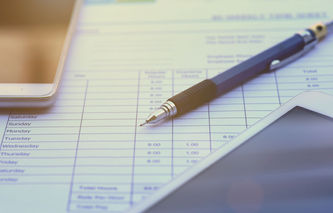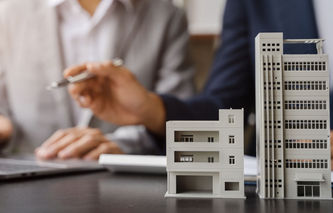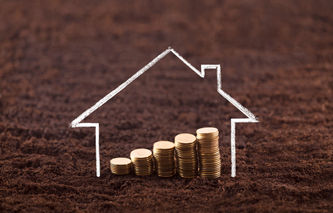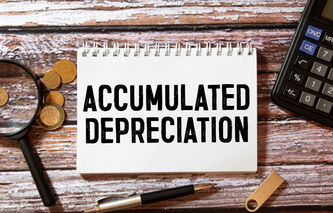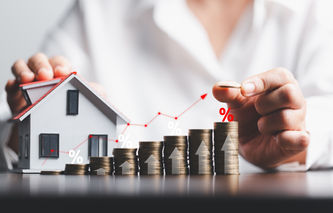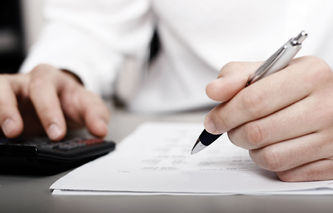Definition
The financial accounting term cost of equipment refers to the asset valuation method that applies to equipment appearing on a company's balance sheet. The cost of equipment would include all expenses associated with the acquisition of the equipment as well as those needed to ready it for use by the company.
Explanation
As the name implies, this asset would be part of the company's property, plant, and equipment. The cost would include not just the purchase price of the equipment, but all of the costs necessary to ready it to be placed into service.
Typically, these costs can include item such as sales tax, freight and handling charges, insurance while in transit, the cost of preparing the site to receive the equipment, installation and assembly, and testing to ensure it is operating as expected. The term equipment can apply to fixed assets such as machinery, furniture, fixtures, computer systems, printers, office equipment and similar items. Equipment is carried on the balance sheet at original / historical cost, and is reduced by the contra asset accumulated depreciation to arrive at net book value. The sale of an asset can result in a gain or loss, which is calculated as the net book value minus the sale price. Gains or loss on the sale of equipment are recorded on the income statement.

